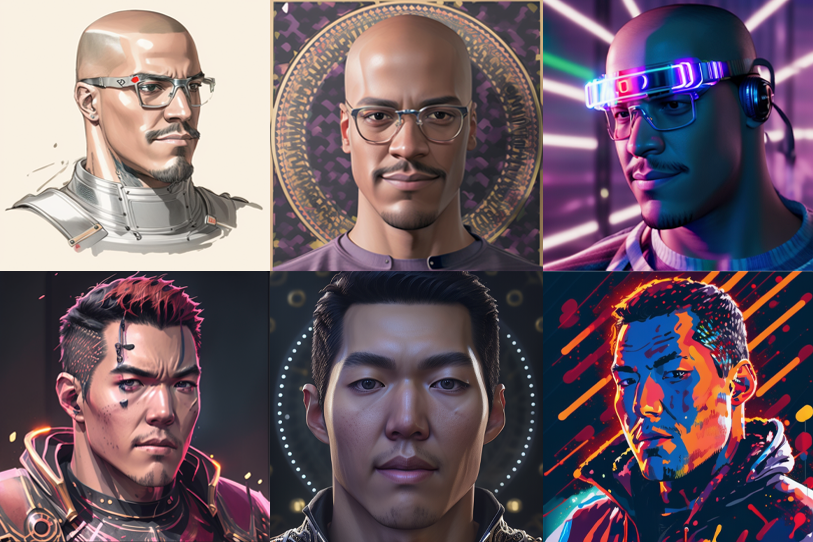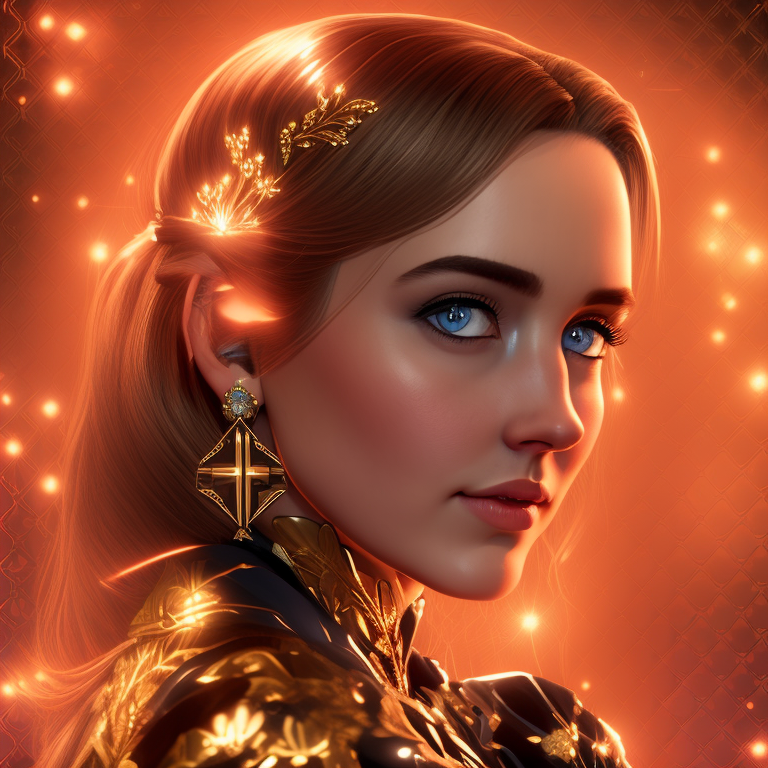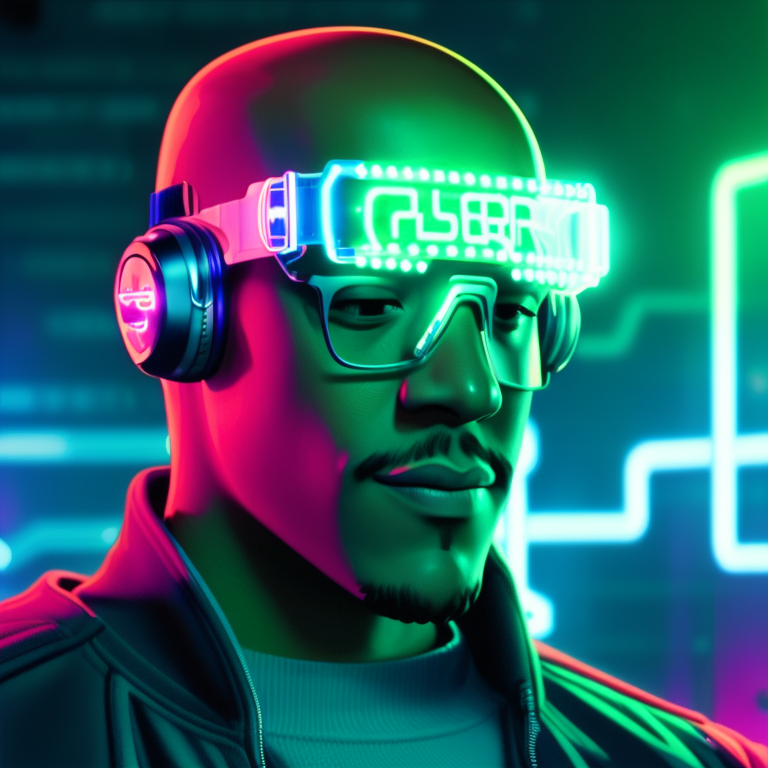Art & Tech
A New A.I. Image Generator Is Promising to Pay Royalties to Artists Who Submit Work to Train Its Model
So far, nearly two dozen artists have registered on Ascendant Art.

So far, nearly two dozen artists have registered on Ascendant Art.

Artnet News

One of the great criticisms of art generated by artificial intelligence has been that the companies producing the art are making money from unauthorized use of existing artworks created by flesh-and-blood artists that the computer programs learn from. In January, three artists filed a class-action complaint against Midjourney, DeviantArt, which is behind DreamUp, and Stability A.I., the company that launched Stable Diffusion, saying that A.I. image generators have used their artwork without their consent.
Ascendant Art, which launched this month and uses A.I. to generate avatar images, promises to pay royalties to the artists who voluntarily submit the artwork those programs are trained on. So far, nearly two dozen artists have registered.
“We all thought it was terrible that A.I. art is just stealing from artists and is a threat to their livelihoods,” CEO Mitch Randall told Artnet News in an email. “It was obvious to us that artists should be getting a royalty from the reproduction of their art. We decided to make this app because we wanted to show how to do this right.”

Courtesy Ascendant Art.
So far, the company has trained its A.I. on public domain images. Ascendant Art also promises that it doesn’t allow bots to scrape its site, so artists who license their work with Ascendant won’t have their work ripped off by other image generators.
Ascendant, which is headquartered in Colorado and currently employs fewer than 10 people, sells packs of avatars at various prices, from a 10-pack for 99 cents to a 200-pack for $9.99.
If an avatar image ends up using the styles of more than one artist, the royalty cut will be shared among them according to how much of each artist’s style was used in the final image, which will be determined by (what else?) an A.I.
“We definitely chose the hard way,” said Randall. “It took quite a bit longer than we anticipated, and involved more tech development and legal and business work. We are really pushing our resources in trying to do the right thing. But we do believe in what we’re doing, and we think we’re going to be wildly successful. We might even be the only one standing if lawsuits end up shutting everyone else down for copyright infringement.”
All the same, artists are speaking out against the model already, with Molly Crabapple, in a statement to Hyperallergic, comparing it to the Spotify model.

Courtesy Ascendant Art.
But Randall refutes the comparison.
“Suppose there are 100,000 purchases per month resulting in a net revenue of $420,000 per month,” said Randall in his email. “Assuming we have 24 registered artists, then, on average, each artist would receive $4,375 per month. From what we know about the market, the number of downloads should be much higher, but I just wanted to give a low-ball example. This is not like Spotify—the royalty percentage we have baked in is huge by comparison. At one time, one of our competitors was making $8 million per day revenue!”
More Trending Stories: